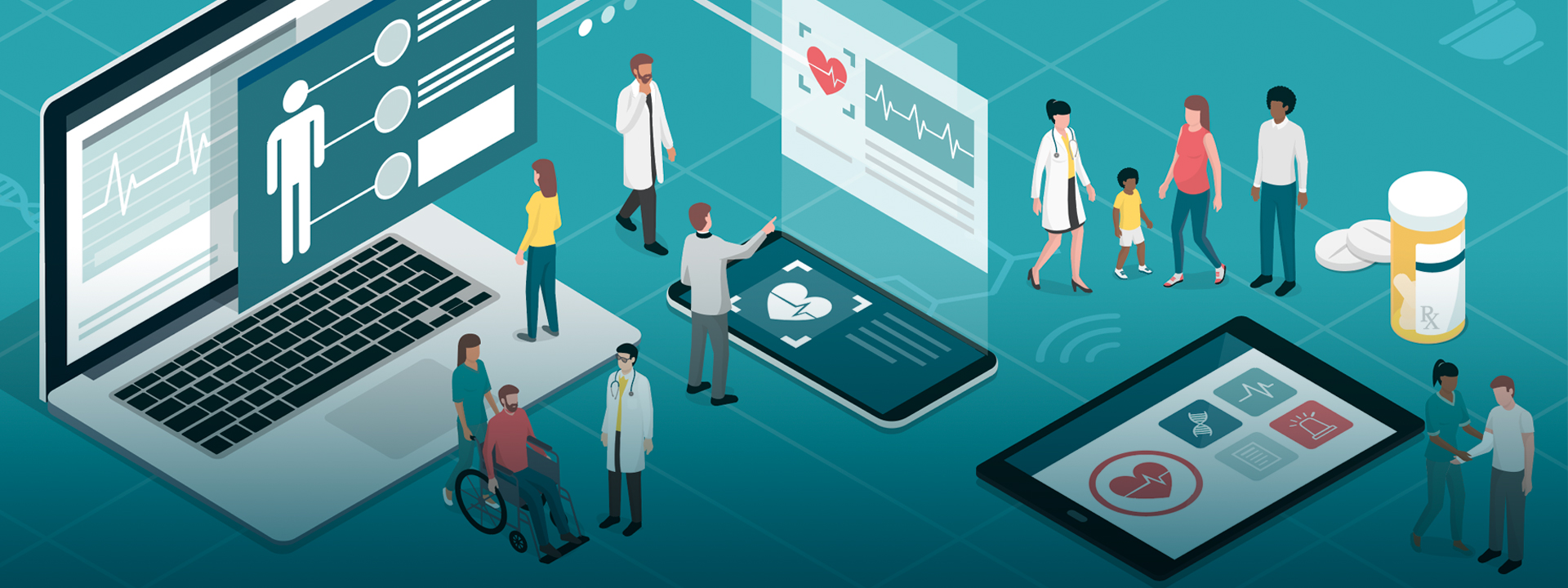Earlier today, the U.S. Department of Health and Human Services (HHS) proposed new rules related to the exchange of electronic health information. According to the government, “the rules, issued by the Centers for Medicare & Medicaid Services (CMS) and the Office of the National Coordinator for Health Information Technology (ONC), would increase choice and competition while fostering innovation that promotes patient access to and control over their health information.”
The proposed ONC rule was issued as a requirement of the 21st Century Cures Act, enacted in December 2016, that includes provisions to encourage the interoperability of electronic health records. The proposed rule includes five key elements including, conditions for health information technology (HIT) developers to maintain certification; the criteria for voluntary certification of HIT by pediatric health providers; definitions of reasonable and necessary activities that do not constitute information blocking; provisions to support patient access to their electronic health information; and modifications to the 2015 Edition of certification criteria. It also supports the adoption of APIs, including Fast Healthcare Interoperability Resources (FHIR), which Surescripts helped develop through the Argonaut Project and Da Vinci Project, and has implemented in a number of solutions for several years. And the proposed CMS rule makes good on the promise to get patients access to their health information.
We’ve entered the age of value-based healthcare with the aim of providing better care for individuals, improving population health management strategies and reducing healthcare costs. With an increasingly mobile patient population, technology is critical to realizing the benefits of a value-based healthcare system, and we’ve made remarkable progress, with nearly 90% of office-based physicians using electronic health record (EHR) software as of 2015.
Surescripts was founded to enable nationwide electronic prescribing – one of the first real examples of interoperability and health information exchange. Since then, we’ve worked across the Surescripts Network Alliance, including virtually all EHRs, pharmacies, pharmacy benefit managers (PBMs), health systems, and clinicians, to establish the nation’s most trusted and capable health information network, built to increase patient safety, lower costs and ensure quality care.
Today, it’s more important than ever that providers are able to access historical patient clinical records from across all 50 states and the District of Columbia regardless of care setting or software system used. In 2018, more than 100,000 clinicians across all 50 states used the Surescripts network to exchange nearly 200 million clinical documents – an increase of nearly 400 percent over 2017. This seamless exchange of clinical information illustrates how arming providers with actionable intelligence, integrated with their EHR at the point of care, can improve care quality and patient and provider satisfaction.
As with any federal proposal affecting healthcare technology, the government is looking to the industry at large, including the Surescripts Network Alliance and the hundreds of organizations we connect, to review and provide comment on the proposal. We are actively preparing our feedback in advance of the April deadline.


 Dean Riggott Photography
Surescripts
Dean Riggott Photography
Surescripts

